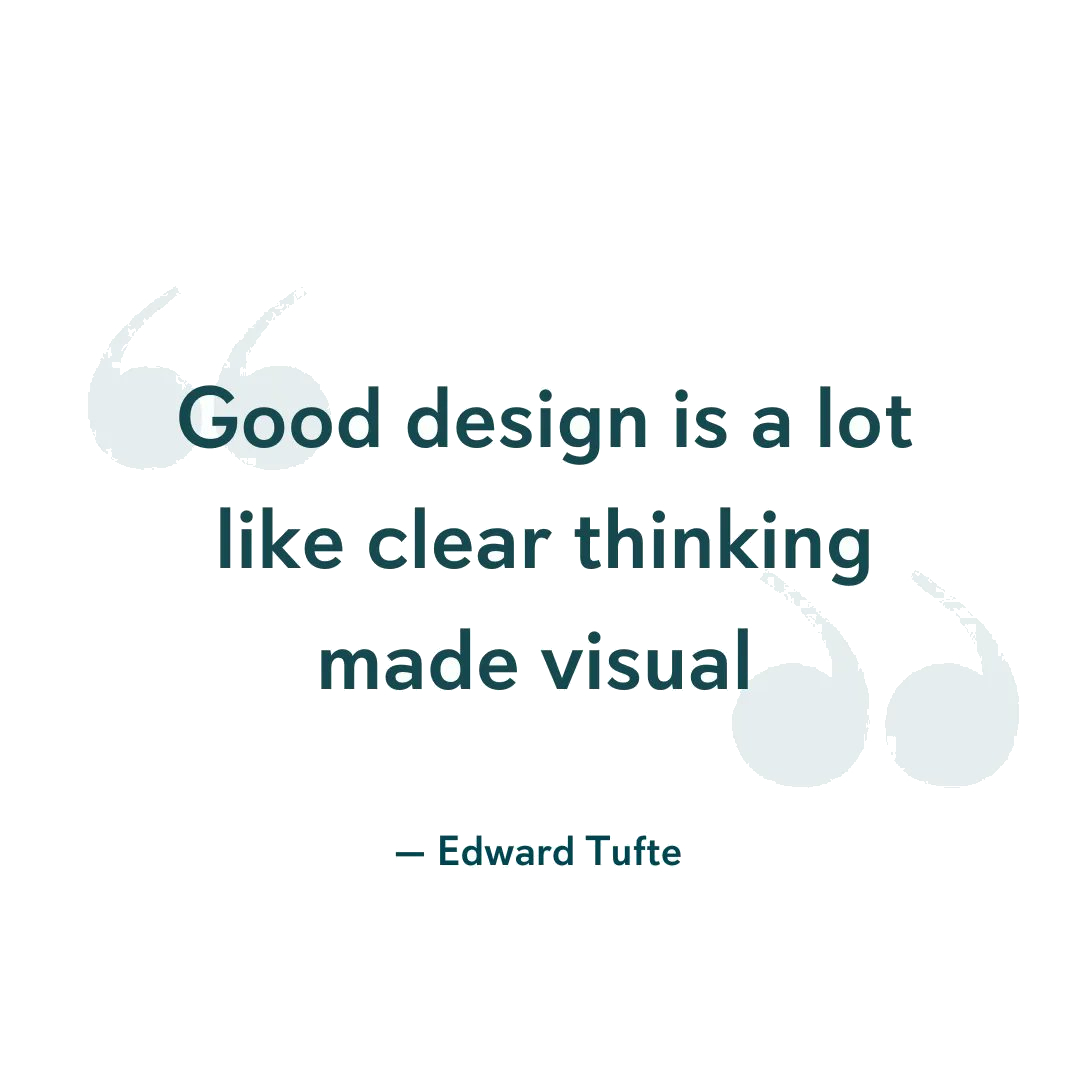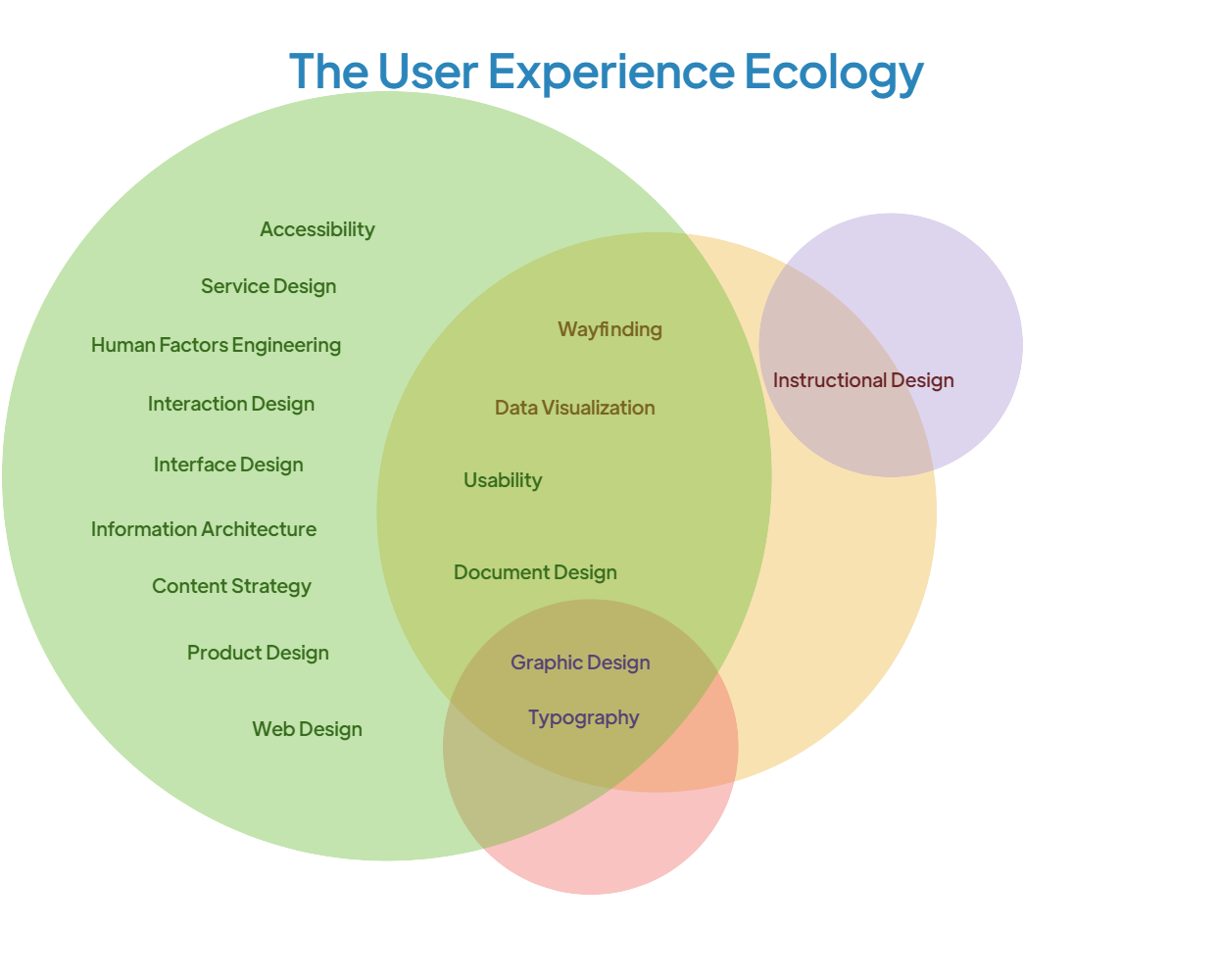A recent line of investigation illustrated, among other things, how different interpretations of a problem can lead to different solutions.
Technology facilitates knowledge dissemination, but I sometimes find myself contemplating how it fails. And failures can occur if the underlying message is poorly designed, regardless of the tools involved. Even the most sophisticated medium is ineffective when the transmission is incomprehensible or unclear.
One approach to measuring information effectiveness involves usability. Usability evaluation is a regular activity exercised by creative professionals, from product designers to software developers. As a technical term commonly applied to computer interfaces and web-based systems, “usability” describes efficiency and ease. Contemporaneously, librarians evaluate the usability of tools created to enable information discovery (e.g. catalogs and search engines), along with the “information products” they represent.
As a practice, usability evolved to encompass a series of interrelated concepts, each contributing to the overall quality of a product or service and collectively referred to as user experience (UX) activities. An established UX subcategory is information design, in which information is composed into messages, tested, and transmitted, effectively communicating actionable knowledge. Successful information design applications, including infographics and data visualization, demonstrate the integral qualities visual composition brings to the discipline.
Libraries benefit greatly from user experience: UX research informs library service design, environmental wayfinding, and digital resources. Archives, however, have yet to experience a similar impact, and the instrument many archivists regard as most in need of UX consideration is the archival finding aid.
Finding aids are organizational documents inventorying archival collections and recording their associated metadata. Although conceptually similar to library catalogs, finding aids can describe widely varied items with multifaceted semantic interrelationships, frequently revealing unavoidable structural complexities. One approach to finding aid usability involves programmatically improving the connections between hierarchical elements in archival description and the corresponding items in a collection. In this context usability refers to discoverability improvements that appear when these technologies are employed by established archival researchers—typically historians, genealogists, librarians, and other archivists.
My interest centers around how an archive, and by extension a finding aid, can engage a broader community. I believe information design has a part to play: Advances in archival consolidation technologies will undoubtedly make major contributions, but my research suggests that effectively designed information affordances can be a key factor in enhancing archival user experience. Over the next several months I plan on putting this theory to the test, addressing nontraditional audiences, designing visualizations, and surveying the results.

